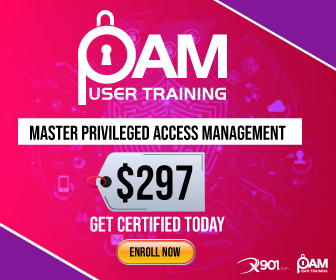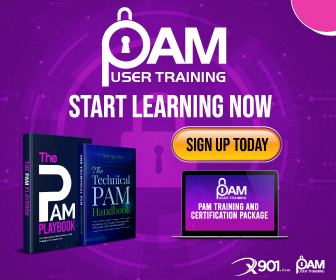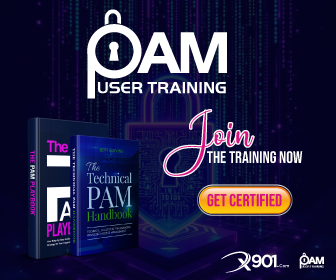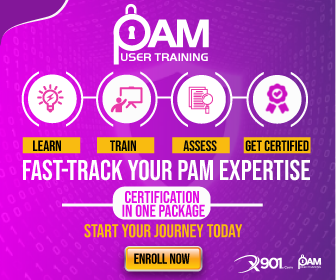Master the Essentials of Privileged Access Management
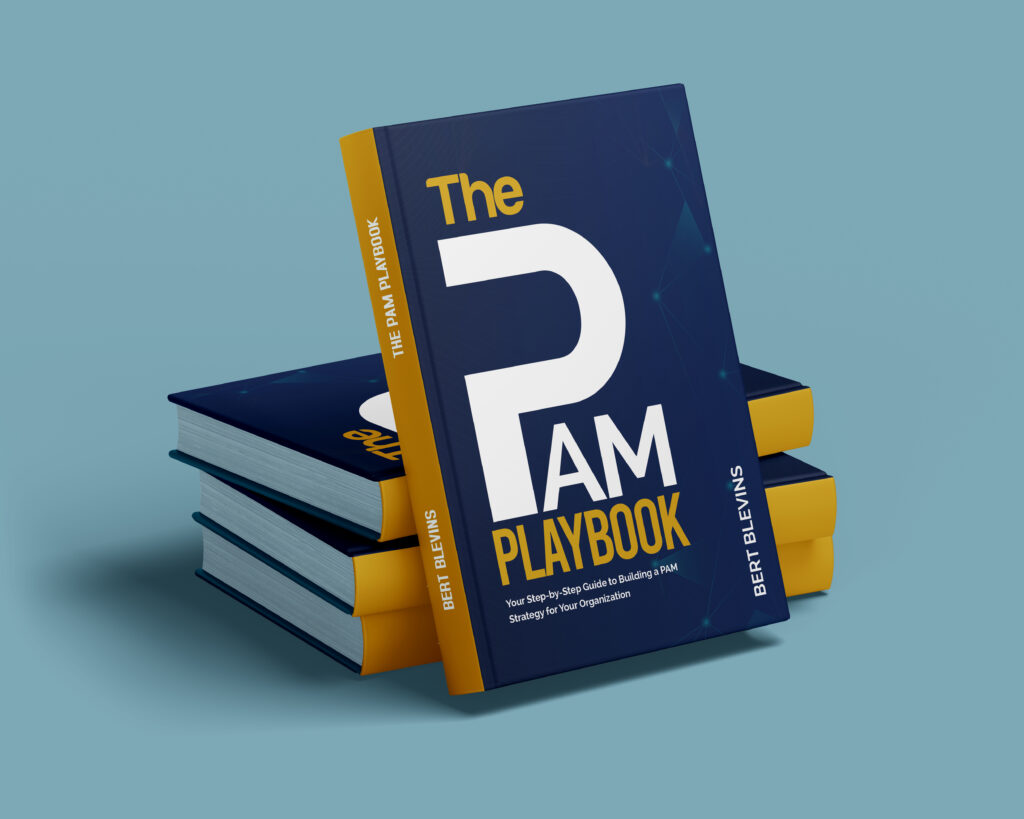
YouTube
Just in Time Permissions Explained #Delinea #PAM #CyberSecurity
What This Book Covers
Learn the core concepts of PAM, such as least privilege, just-in-time (JIT) access, and multi-factor authentication (MFA).
Explore the significance of monitoring and auditing in preventing breaches.
Discover tools like password vaults, session management, and endpoint privilege management.
Learn strategies for managing shared accounts and securing remote access.
Assess risks posed by privileged accounts and mitigate insider threats.
Master protocols for rapid response to privileged account misuse or breaches.
Align your PAM strategy with GDPR, HIPAA, PCI DSS, NIST 800-53, ISO 27001, and other standards.
Create and document policies that meet audit requirements effortlessly.
Transition from legacy systems to modern PAM frameworks.
Implement role-based access control (RBAC) and behavior-based monitoring.
Build a culture of security through training and awareness.

Why Read This Book?
- Comprehensive Insights Covers everything from fundamentals to advanced PAM practices, making it ideal for beginners and experienced professionals alike.
- Real-World Applications Packed with case studies and practical examples, this book bridges the gap between theory and implementation.
- Actionable Guidance Offers step-by-step frameworks for assessing, planning, and deploying PAM in any organization.
- Stay Ahead of Threats Learn how to proactively protect privileged accounts against insider threats and external attacks.
YouTube
OATH OTP MFA Explained: Easy Setup Guide for Stronger Security
Who Should Read This?
Simplify privileged account management with best practices and tools.
Fortify your organization’s defenses with cutting-edge PAM strategies.
Ensure seamless adherence to regulatory standards and streamline audits.
Understand the business value of PAM and its role in risk management.
Key Takeaways
How to create a robust PAM framework tailored to your organization. Strategies to minimize the attack surface through least privilege and JIT access. Best practices for transitioning from legacy systems to modern PAM solutions. Techniques for monitoring and auditing privileged accounts in real-time. Methods to assess vendor security and manage third-party access.
Why Privileged Access Management Matters
Privileged accounts are a prime target for cyberattacks, and mismanagement can lead to catastrophic breaches. "Privileged Access Management Fundamentals" provides the tools to:
Protect sensitive data:
Streamline operations:
Automate access controls and reduce manual overhead.
Enhance compliance:
Meet and exceed regulatory requirements with ease.
Strengthen incident response:
Quickly detect, contain, and resolve threats.
Implementing MFA in PAM
Integration with PAM Systems:
MFA systems should seamlessly integrate with existing PAM platforms to provide centralized control and oversight of privileged access. This integration enables administrators to uniformly enforce MFA policies across all privileged accounts.
Scalability and
Flexibility:
MFA systems must be adaptable to accommodate evolving security requirements as organizations expand. They should support new authentication technologies and scale to meet the needs of growing user bases.
Continuous Monitoring and Analysis:
Vigilant monitoring of user behavior and authentication logs enables the detection of suspicious activity and potential security breaches. By analyzing authentication data, organizations can enhance their MFA policies and overall security posture.
User Experience:
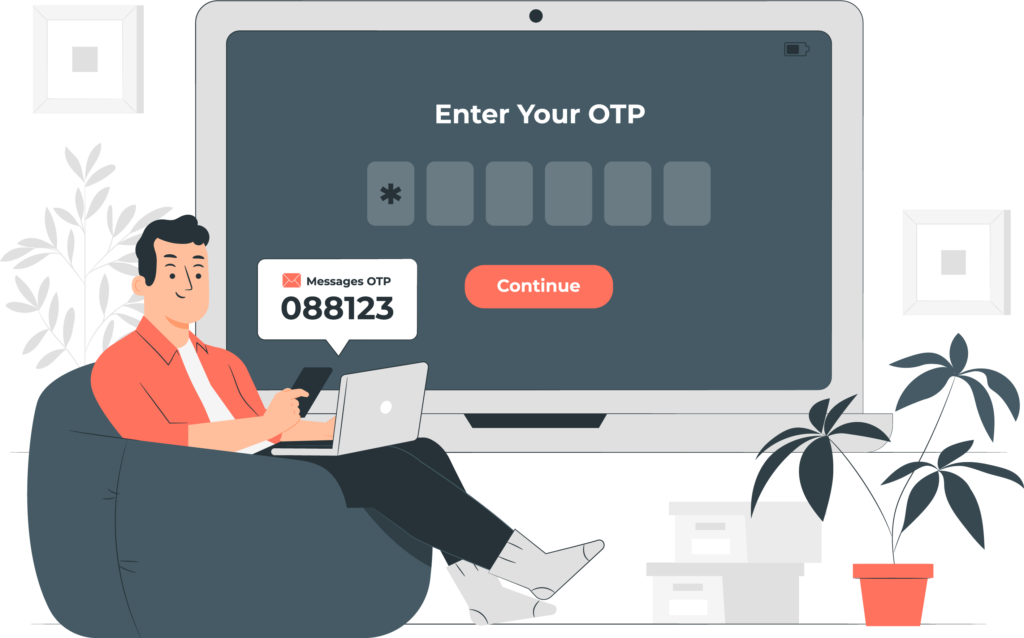
Choosing the Right MFA Solution for Privileged Access Management (PAM)


Understanding Your Requirements
Regulatory Compliance:
Various sectors, such as government, healthcare, and finance, are subject to stringent data security regulations. Ensure that your chosen MFA solution aligns with all relevant laws and regulations, including GDPR, HIPAA, and PCI DSS.
User Experience:
Balancing security with user experience is paramount. Opt for an MFA solution that enhances security without hindering productivity or causing user frustration.
Integration Capabilities:
Assess how effectively MFA solutions integrate with your existing PAM infrastructure and other authentication systems. Seamless integration enhances overall security posture and simplifies centralized management.
Scalability:
Take into account the scalability of the MFA solution to accommodate the evolving needs and changing security requirements of your organization. A scalable solution can adapt to increasing PAM demands and rising user volumes over time.
Considerations for Implementation

Policy Configuration:
Establish MFA policies aligned with your company's security guidelines and risk assessment. Define elements such as authentication frequency, fallback options for users without MFA devices, and MFA enforcement for specific user roles.

User Awareness and Training:
Thoroughly educate users on MFA best practices, emphasizing the importance of safeguarding login credentials and identifying phishing scams. Cultivate a culture of security awareness to mitigate the risk of human error.
